7 Essential Tips For Installing Hardwood Flooring
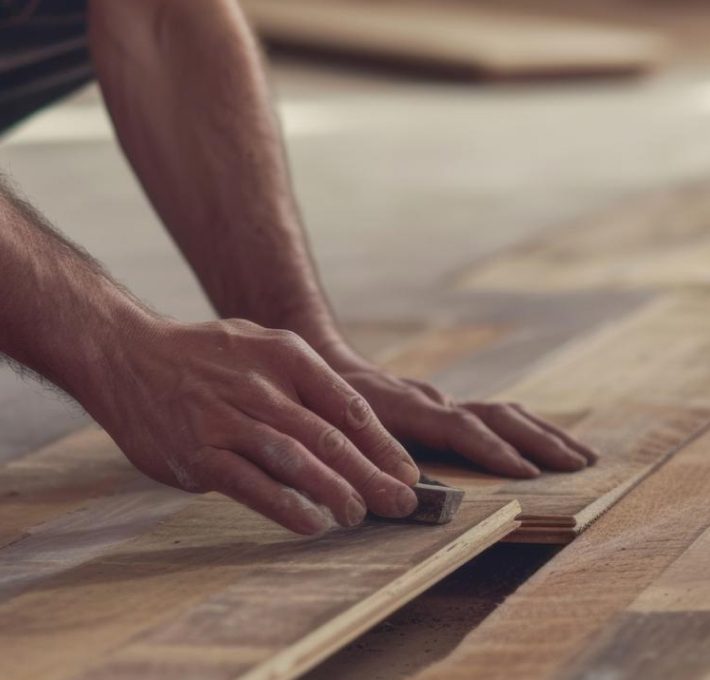
A hardwood floor adds value and a specific luster to any home. Of course, like anything that adds to a house, it comes with an upfront cost.
Since hardwood flooring installation costs can be as much as double the cost of materials per square foot, many homeowners look to perform the installation themselves.
If you want to go it alone, be prepared to sink some time into the project and follow these tips to get your floor in with less hassle.
7 Essential Tips For Installing Hardwood Flooring:
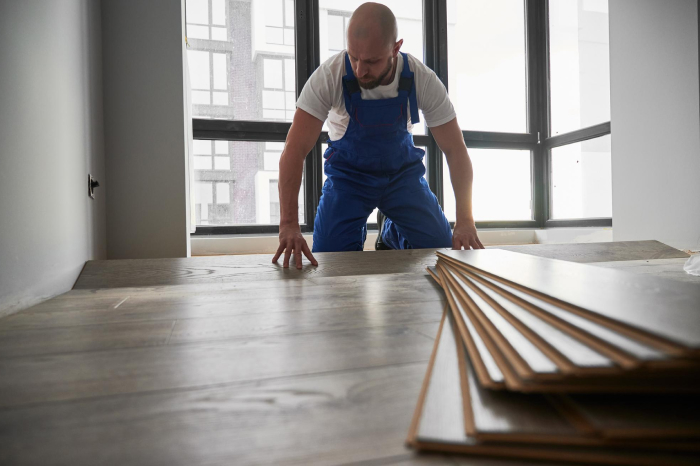
The difficulty of a hardwood floor installation depends mainly on the format of the materials. The tree species rarely makes a difference to the steps taken, though it may affect the types of fasteners used in nailing and gluing, so check that information carefully.
For snap-together types of flooring, you will need to be careful with the first and last rows. When nailing and gluing boards, you’ll find the same caution is warranted but in a slightly different way.
1. Carefully Choose Your Wooden Floor:
There are many types of wooden floors on the market. So, try to choose whichever is suitable for you! Or maybe suits the aesthetic of your house.
The hardwood flooring often comes in various grains. Types of wood, plank sizes as well as surface finishes. Thus, it is crucial for you to understand what kind of floor you want that can perfectly fit your house.
You can also choose from solid hardwood and engineered hardwood. This is totally dependent on how and what you want to lay on your floor.
The last thing that you must consider is how busy the area is! Suppose you have a busy hallway, and then you will need something durable. In such cases, oak might be a perfect solution for you.
2. Acclimatize Your Wood:
Depending on where you ordered the wooden flooring, where it was stored, and how long it was in transit, it may swell or contract. To make the flooring fit neatly, you want the wood to be the shape and size it will be when set in place.
To this end, it’s best to unpack your materials and let them sit for a few days along the floor of the room you’re working on or one with similar temperatures.
It takes about a week to normalize, so it’s best to shop locally to shorten the time. Of course, the tree species chosen will also adjust to this timeline. For middle temperatures in the eastern part of North America, check out the maple hardwood collection.
3. Know The Subfloor:
While you wait for the wood to acclimate, examine the subfloor. You want to confirm its level and that it doesn’t shift much in height across the room.
You can expect to see some variation; nothing is ideally level. Changes should be limited to less than three-sixteenths of an inch for any given six-foot area.
It is OK if from one wall to another it dips more than that, a gradual slope, while a problem for rolling things, won’t leave gaps or mar the floor.
Apply layers of plywood or a thick layer of epoxy to shore up any dips to ensure a more level floor for a better installation.
4. Opt For A Straight Start:
Every mistake in an install cascades forward. This means that the early part of the installation needs to be tight and straight.
The final rows can (and often do) get a little loose in their lines.
Always start on an exterior wall side. These walls are the least straight, so you will measure and plan your line and then fill it between the straight row and the wall.
This will ensure a better overall appearance. Moreover, it is one of the most fundamental techniques in how to install hardwood flooring.
5. Use The Right Tool:
When you are starting a specific task, it is always necessary to choose the right tools. Take some time and try to understand what may fit or what you may need to install your hardware flooring.
For instance, you may have floating floors; then you require underlay. Similarly, if you have tongue and groove flooring, then WPVA glue is the perfect equipment for you.
Suppose you need to fix your floor; then, in that case, do you need glue and nails? Check that as well.
You can always find many experts who have the expertise for the flooring. You can take advice from them as well.
6. Don’t forget To Leave An Expansion Gap:
When you are trying to fit a specific type of wooden floor, then you must leave an expansion gap in your room. You can leave the gap at the edge of the room. This can include:
- Doorways
- Pipework
- Fireplaces
The gap needs to be around 10 mm (about 0.39 in). This expansion gap can help the floor expand and contract along with changes in temperature and humidity. If you fail to leave such gaps, the floors might not get the space as required, and eventually, it gets damaged.
7. Give The Mandatory Finishing Touches:
Once the flooring installation is done, you will need some flooring accessories. This can help to add a finishing touch to the room. As I mentioned earlier, your flooring must have an expansion gap.
But do you just leave the gap like that? No! There is a range of flooring accessories that you can use to fill the gap. These flooring accessories are such as:
- Skirting board
- Door bars,
- Pipe covers,
- Beading.
And It’s A Wrap!
Of course, no matter how straightforward hardwood flooring installation seems, it still takes time. Expect a few hours per room with help, more if going solo.
Bonus tip: don’t buy the tools when you can rent or borrow them. A few of the tools needed are things you will find repeatedly used.
Come back here for more ideas on how to shape your home and your dream life.
Read Also:

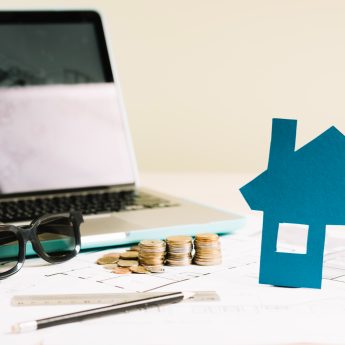
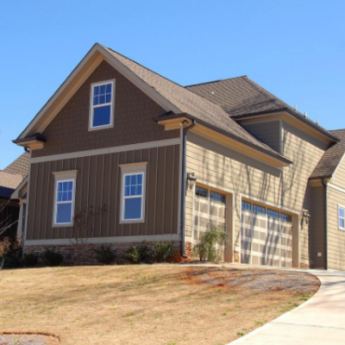




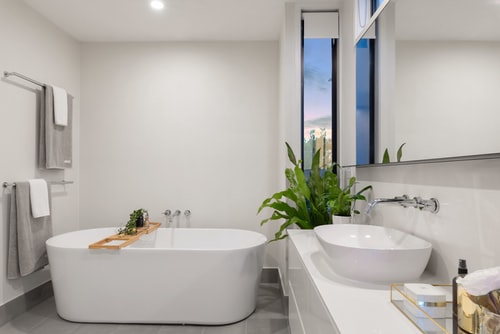



Leave A Reply